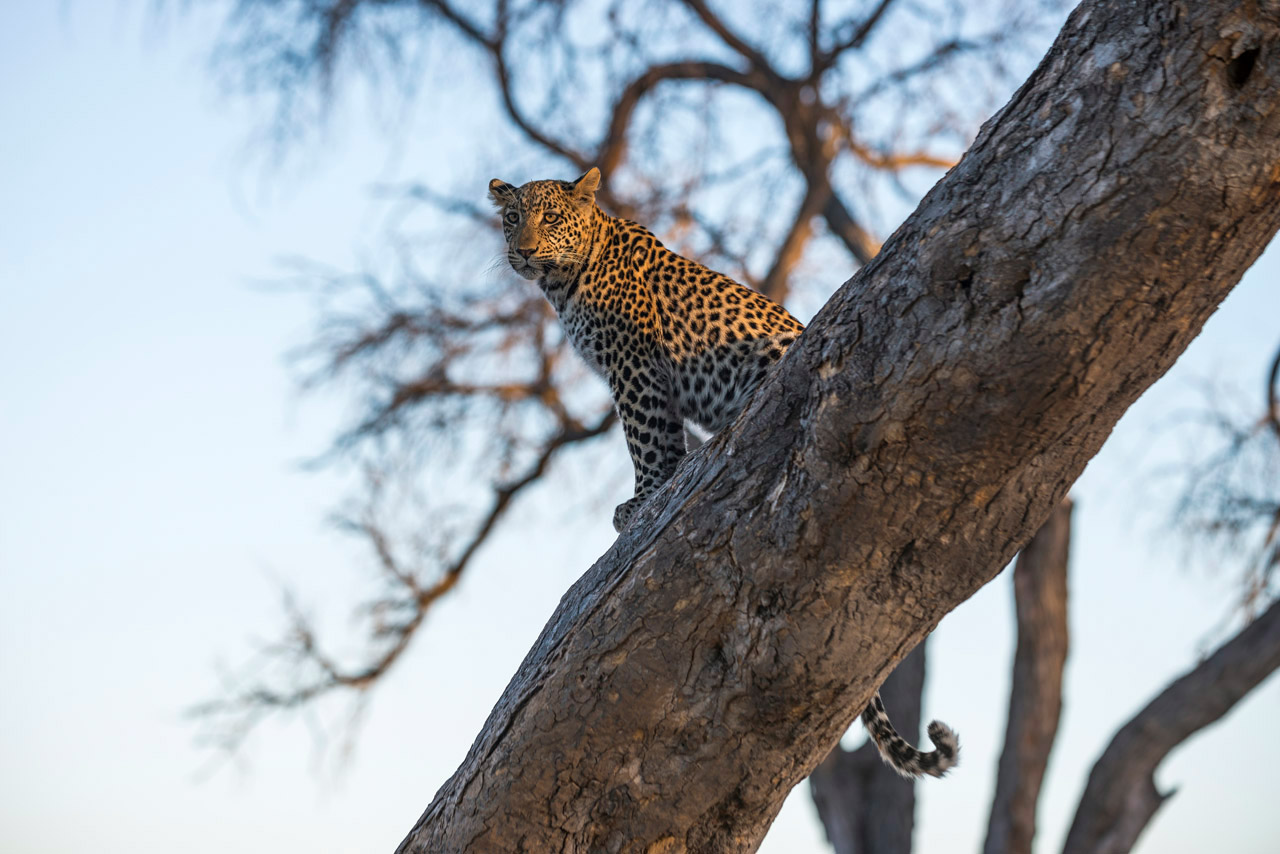

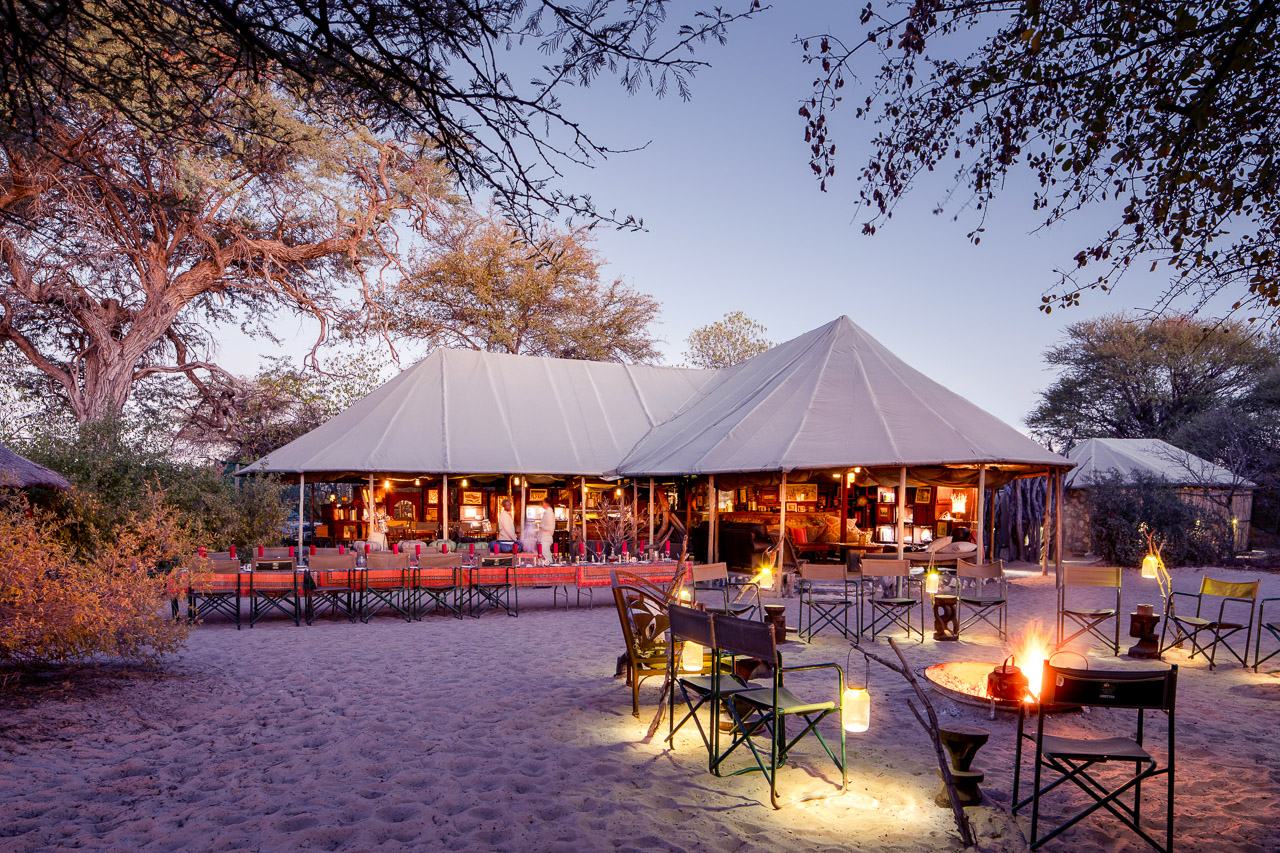
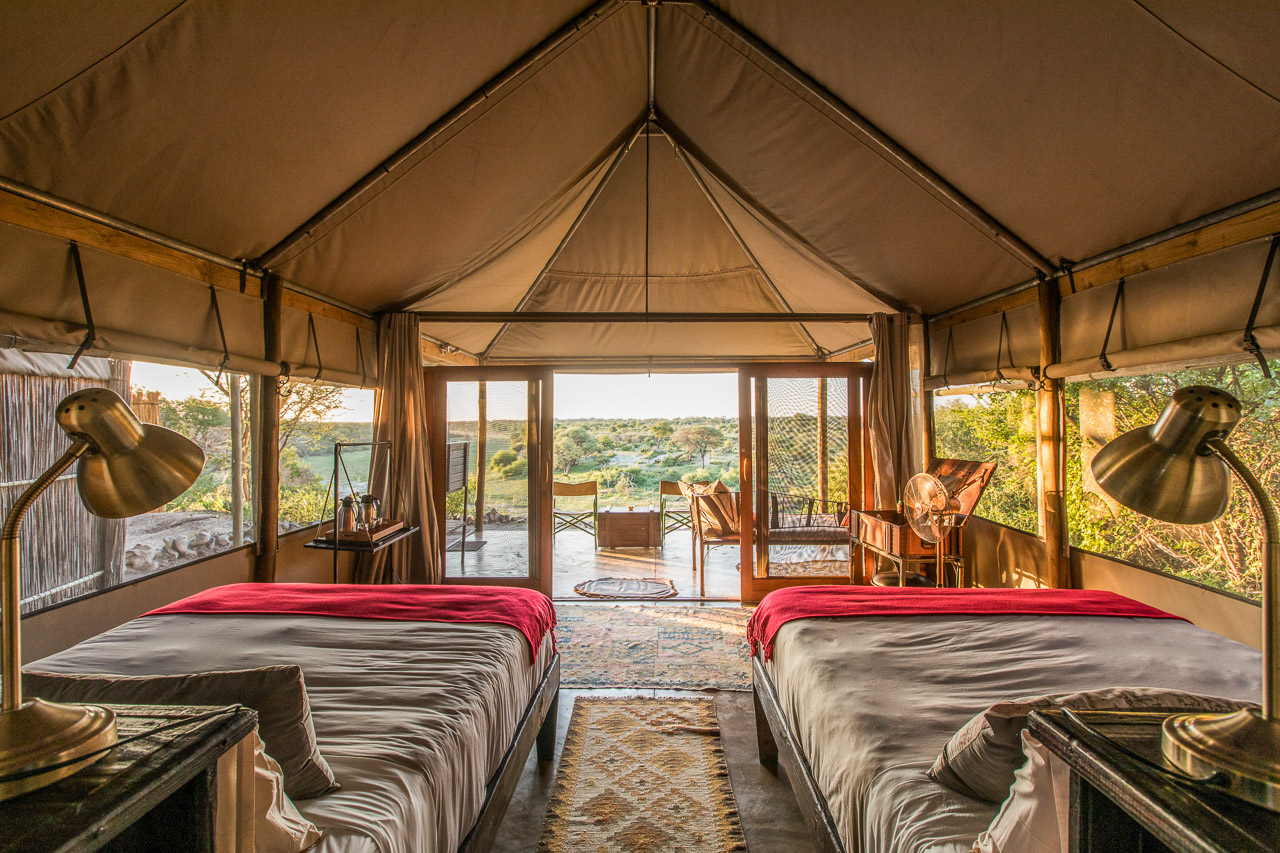
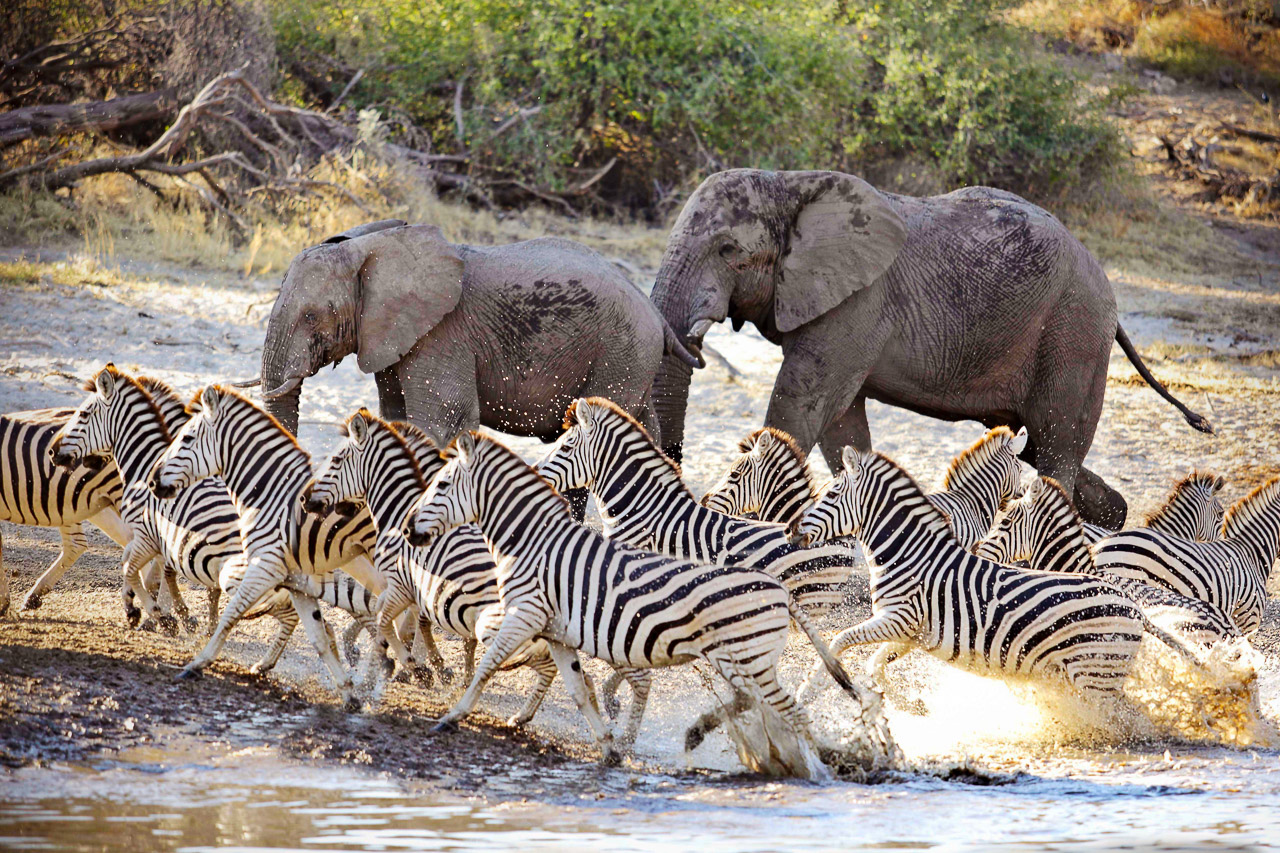
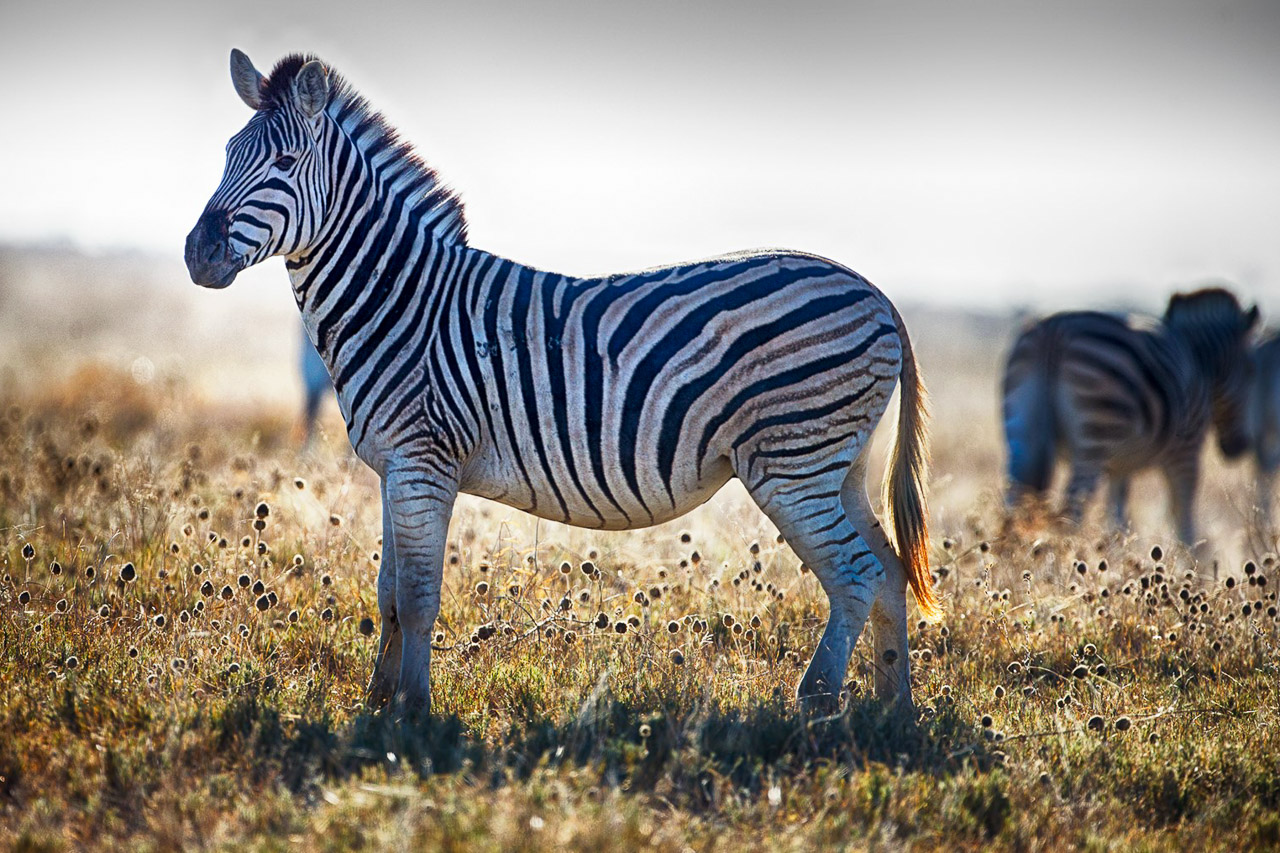
Accommodation
Meno a Kwena is a non-fussy camp with 10 classic tents perched on a 100-foot high clifftop overlooking the Boteti River and offering some of the best ‘armchair’ game viewing in Botswana. All rooms have en-suite bathrooms with indoor and outdoor shower, and there are two family units, both with inter-leading tents (one with three beds for children, one with 2 beds), perfect for the kids.
The canvas lounge and dining tents are piled high with books and trinkets, and decorated with old-world artefacts, and the piece de resistance is a sculpted crocodile! And it’s not there for no reason – Meno a Kwena literally translates as “teeth of the crocodile.” Keep an eye on the river below from just about any comfy chair in the living area, or plunge into the rocky swimming pool, and watch the animals doing the same below you.
The camp welcomes children of all ages. Pleaes note that only limited Wi-Fi is available in camp.
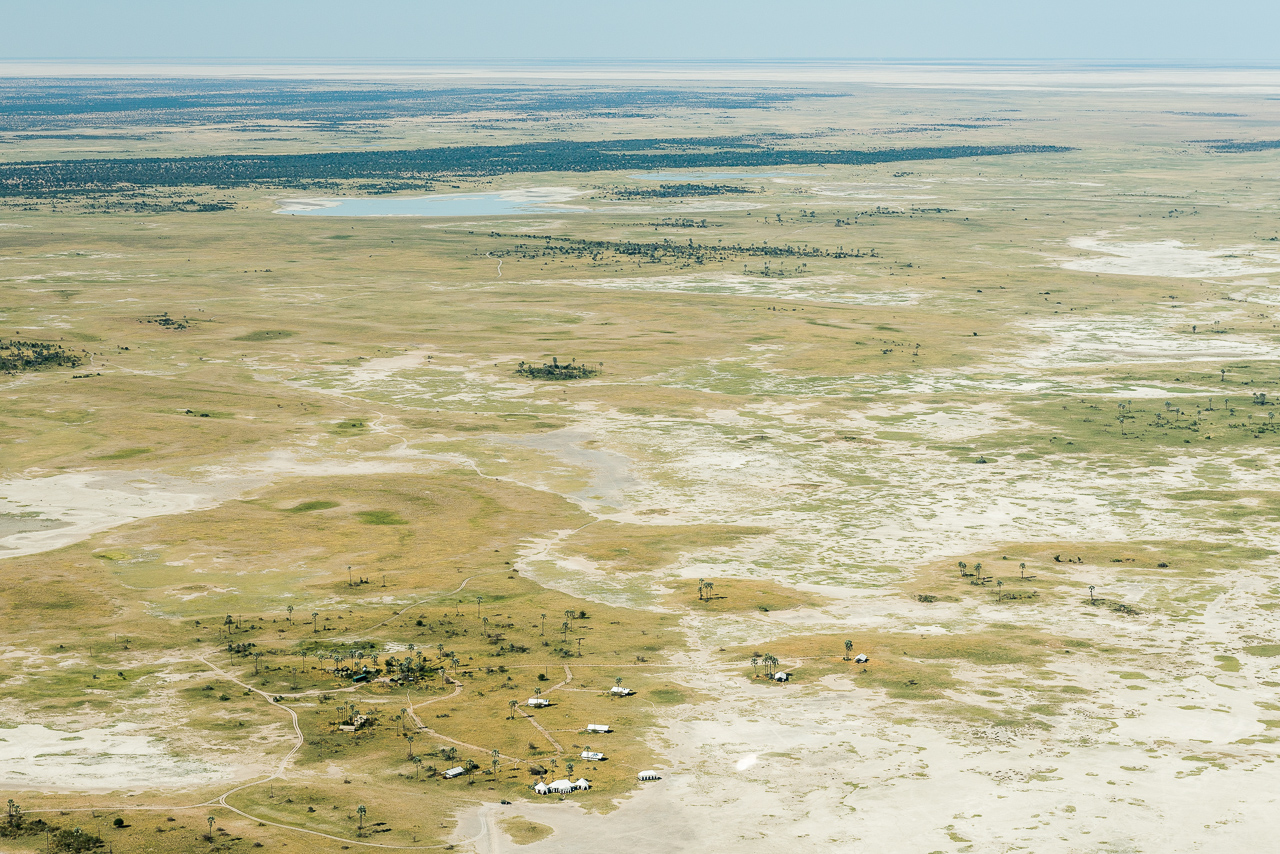
The Makgadikgadi Pans are dried up salt-water lakes, which formed part of an immense ancient inland sea that also encompassed the Okavango Delta and the Central Kalahari. Located on the edge of the salt plains are several camps that offer activities on the pans, and introduce visitors to the life of the local San people.
The pans can only be accessed during the dry season. The camps only use quads with broad tyres as they cause the least amount of damage. You can also choose to sleep under the stars during multi-day tours that take you to Kubu Island and back during the dry season.
There is not much wildlife here during the dry season, but the area is on a migration route taken by zebra and wildebeest, which leads from the Nxai Pans, through the Makgadikgadi and on to the Boteti River. The animals migrate south from the Nxai Pans to the Boteti River at the start of the dry season. They remain here until the beginning of the wet season, when they return to the Nxai Pans and give birth to their young. The Nxai Pans stretch out northwards from the Makgadikgadi Pans on the other side of the Maun-Nata road. This is also the home of the historic Baines Baobab, which has survived in this barren landscape for thousands of years.
If you would like to drive on the salt pans, then you must visit during the dry season. If you would like to experience the migration of zebra and wildebeest, then it is best to visit during the wet season. The pans fill with water during the wet season, making them the perfect breeding ground for thousands of flamingos and pelicans.
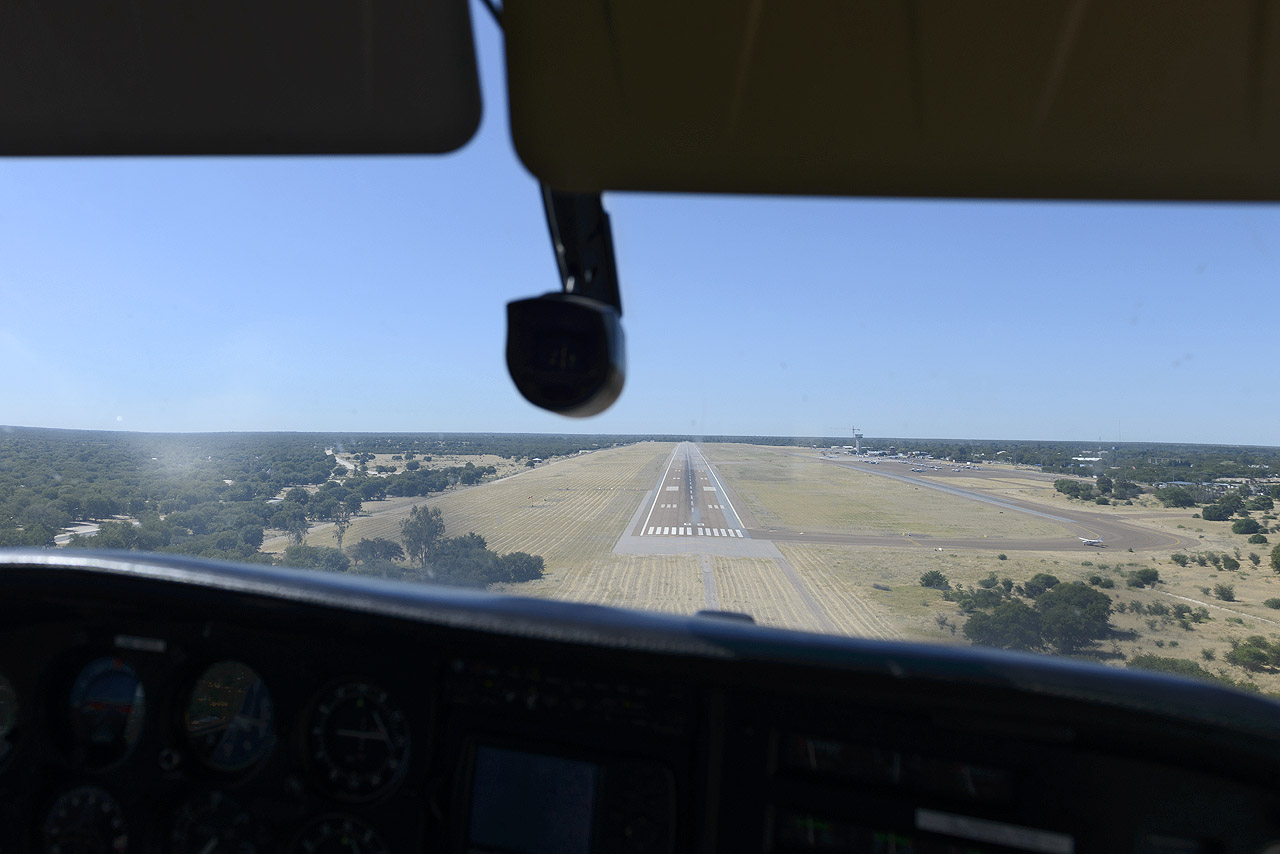
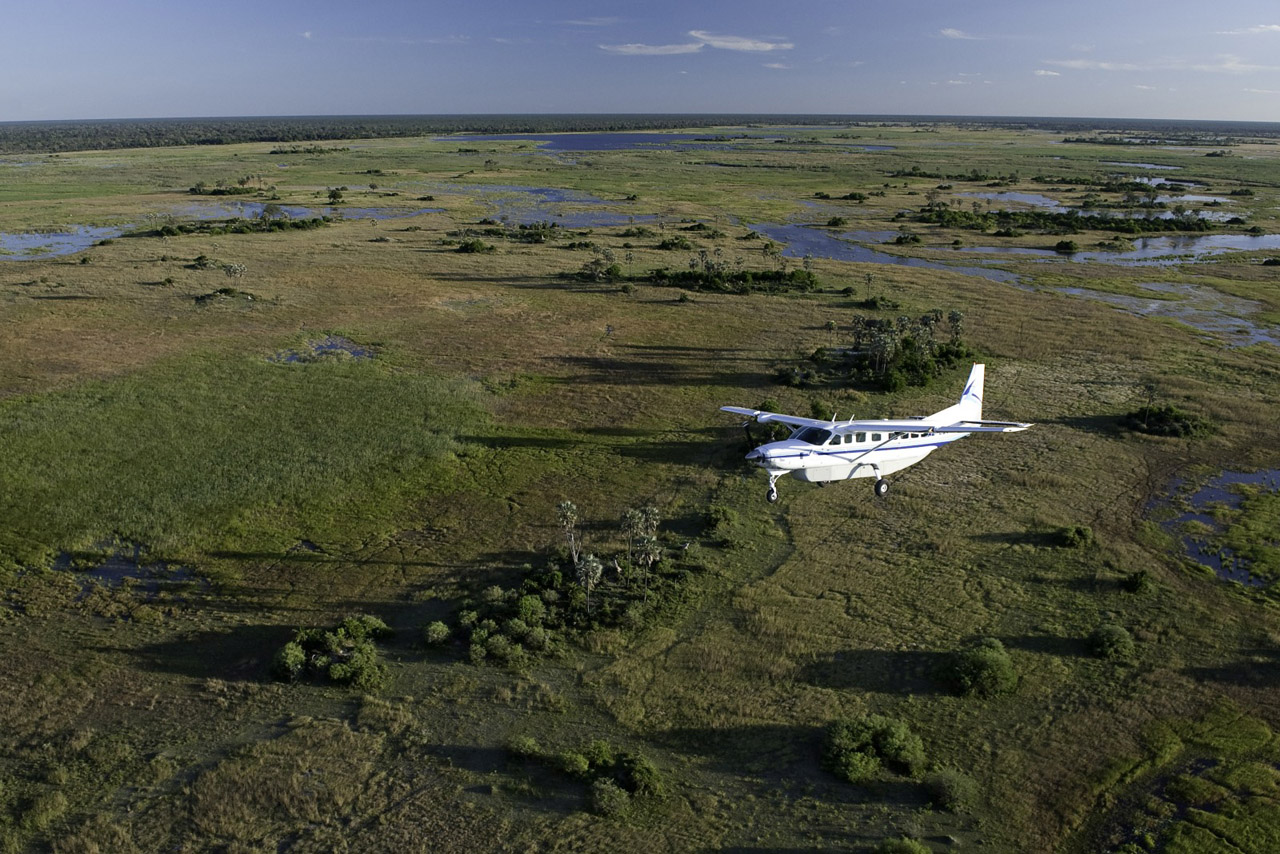


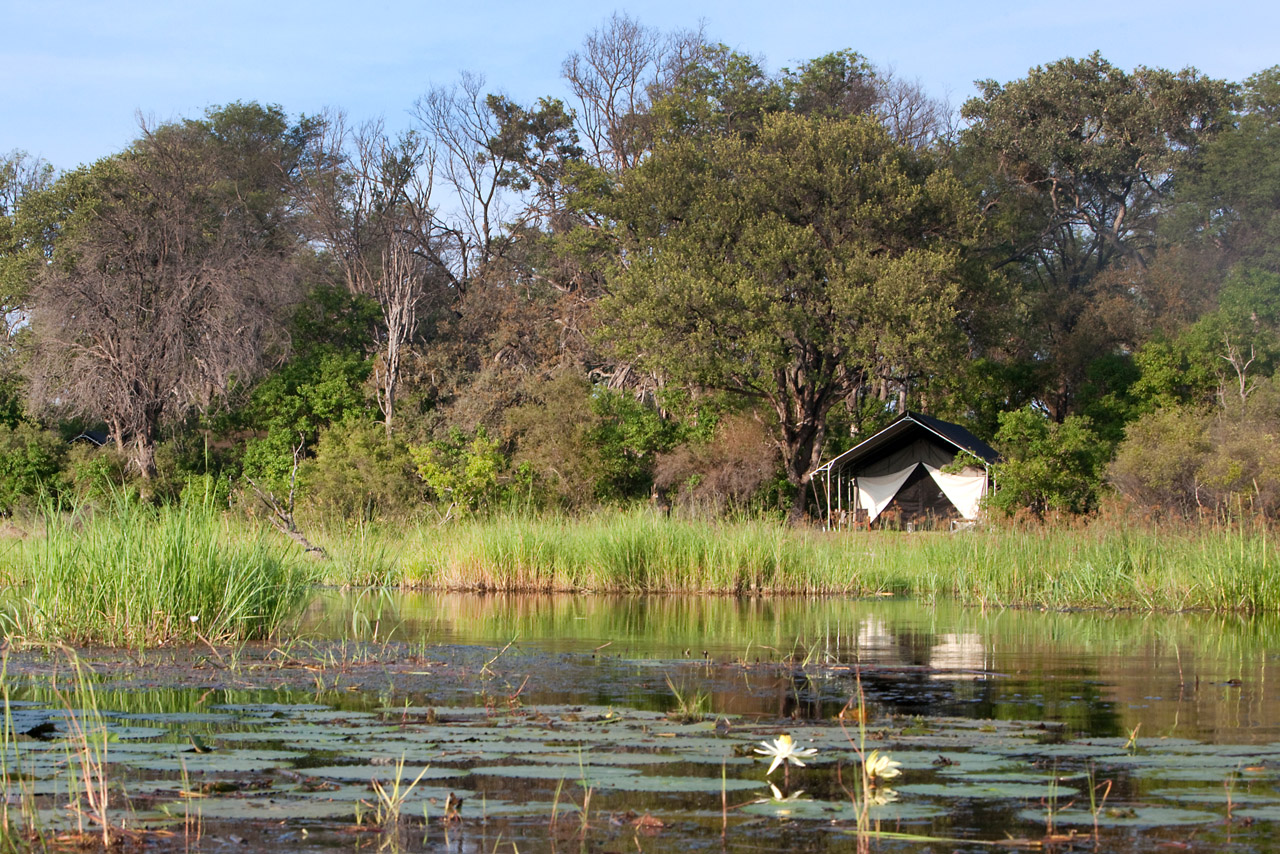
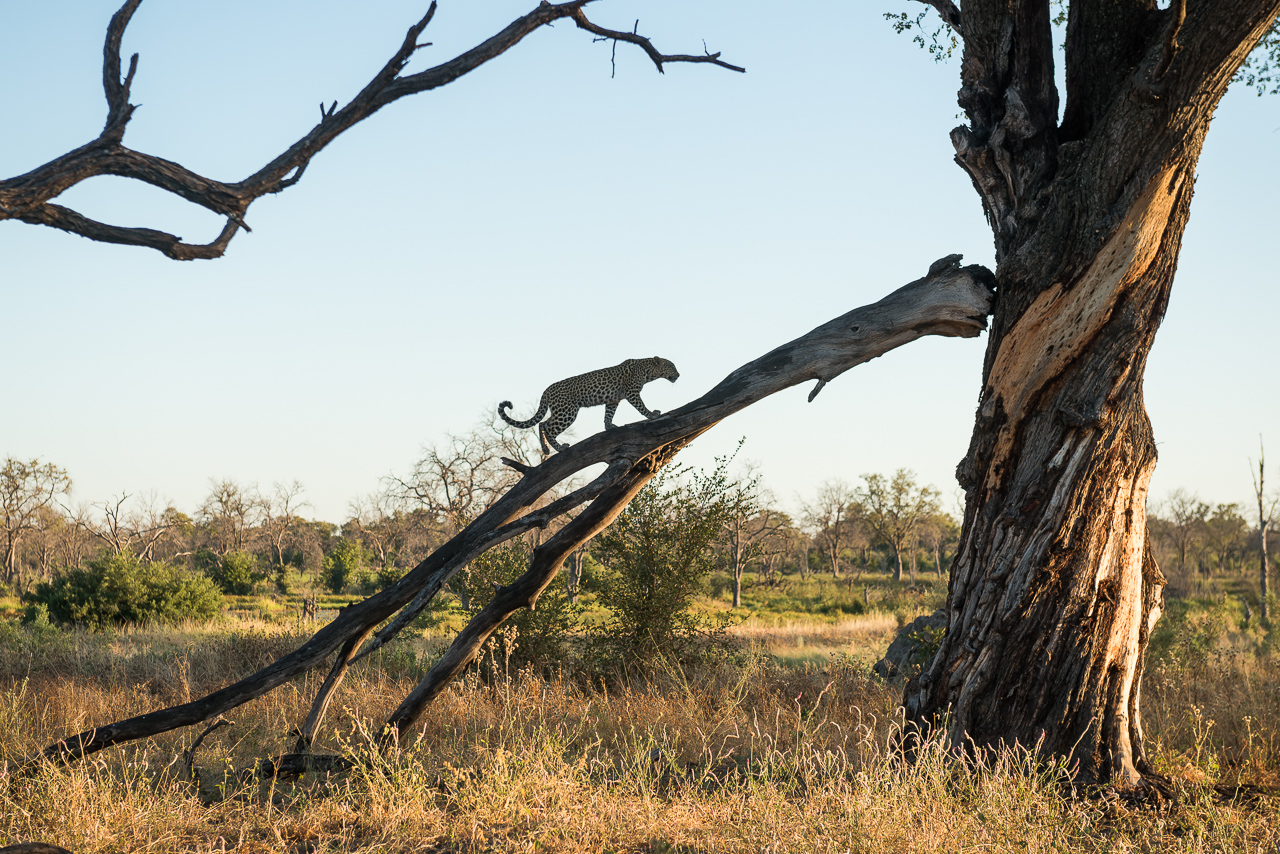
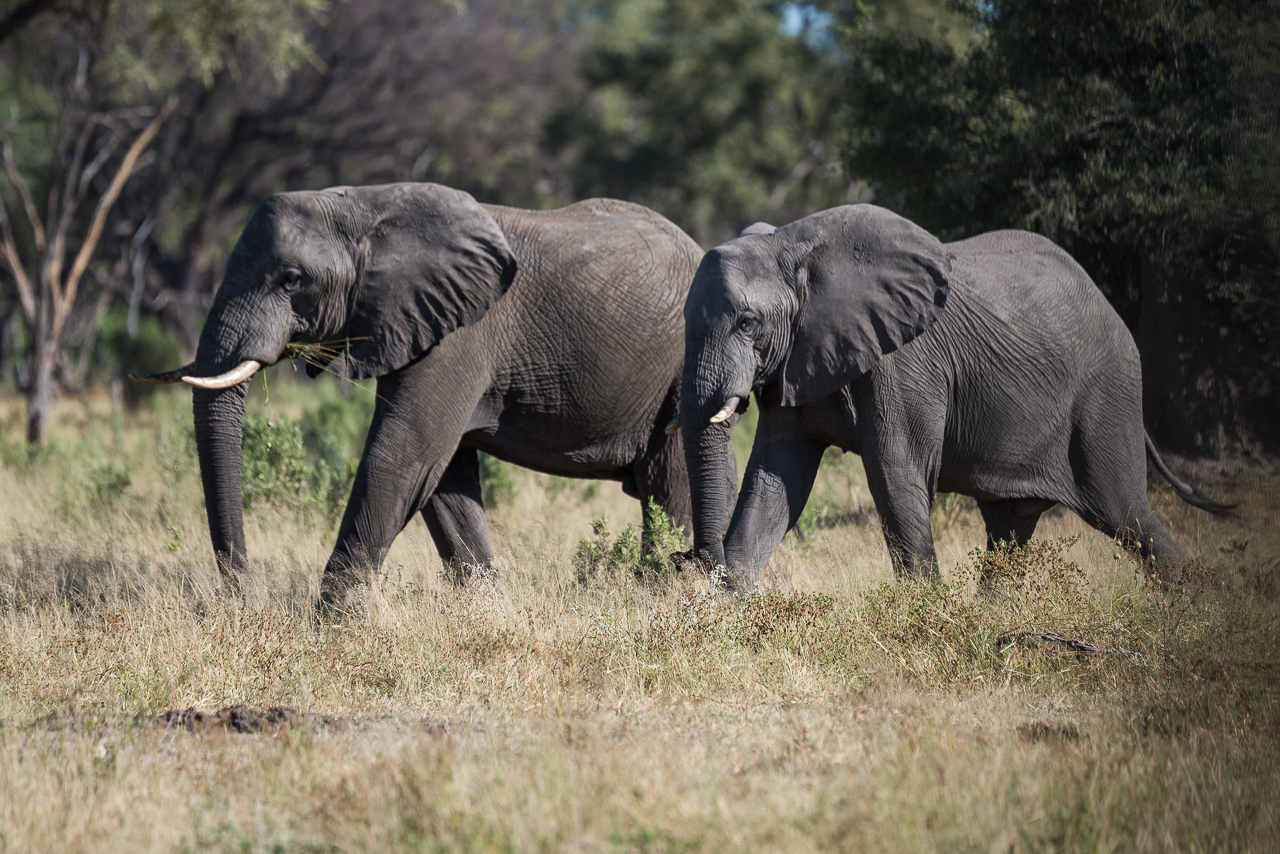
Accommodation Machaba Camp is built in the classic 1950’s style, with luxury safari tents, en-suite bathrooms and living areas, not forgetting the romantic outdoor showers. All the tents are situated on the ground and the pathways to the tents meander between the large riverine trees.
All 10 luxury tents (two of them are family tents) are situated in the beautiful riverine treeline on the Khwai River, overlooking the famous Moremi Game Reserve. From these tented verandas one can watch the daily parade of animals coming down to drink at the river in front of camp. The main area includes a dining area, a small library and a swimming pool.
The name Machaba is the local Setswana name for the Sycamore Fig Tree, the tree of life. Machaba trees are renowned for their abundant fruit, which feed a vast array of animals throughout the year, including elephant, baboons, bush buck, green pigeons and many more.
Little Machaba is the small and private sister camp of Machaba Camp, situated just next door.
It is a thirty minutes flight from Maun. The transfer from the bush airstirp to the camp takes approximately another 20 minutes.
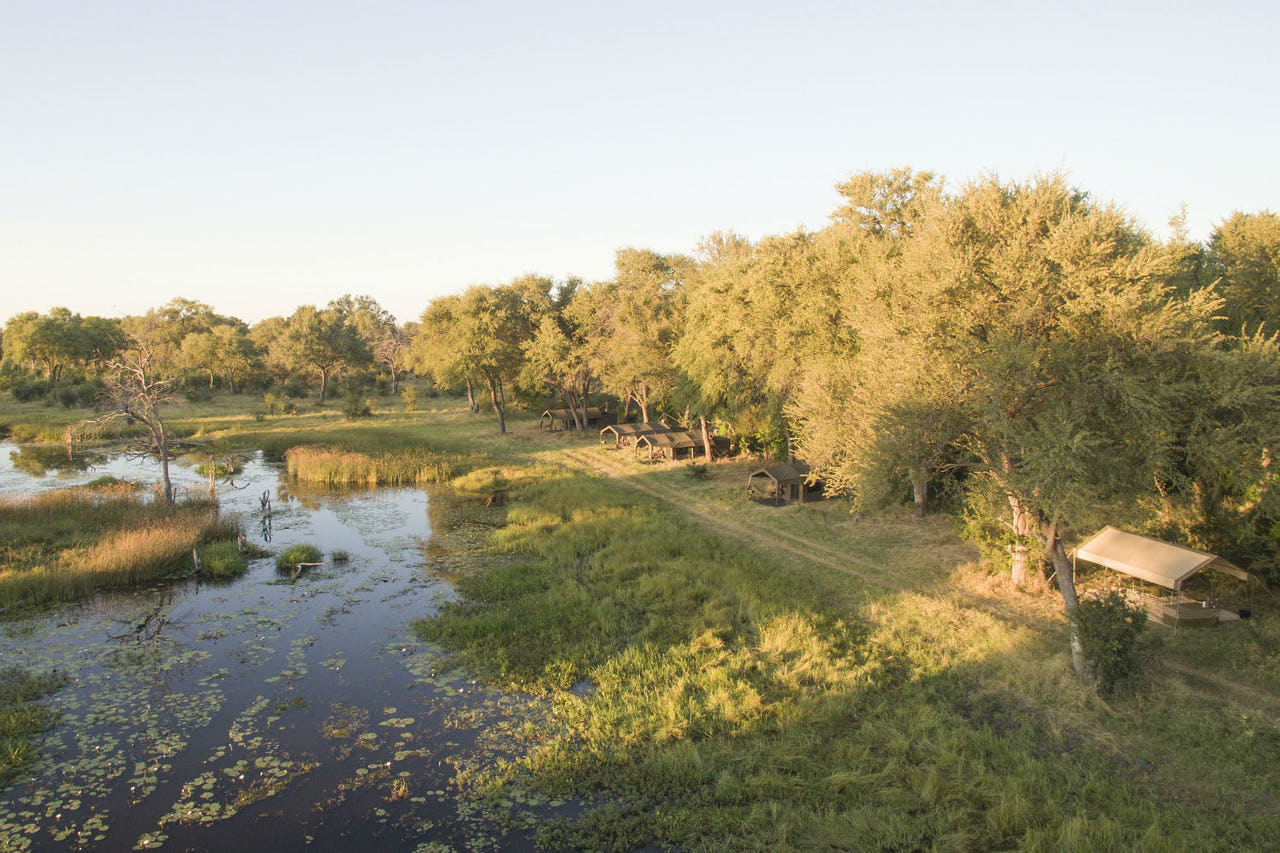
There are several camps located in the NG19 concession, but it also hosts public campsites for self-drivers and additional private campsites for mobile safari providers, who usually drive from Moremi via Khwai to Savuti and vice versa. It goes without saying that there are many more vehicles en-route here than in our private concessions. This is usually reflected in the lower price category of the camps.
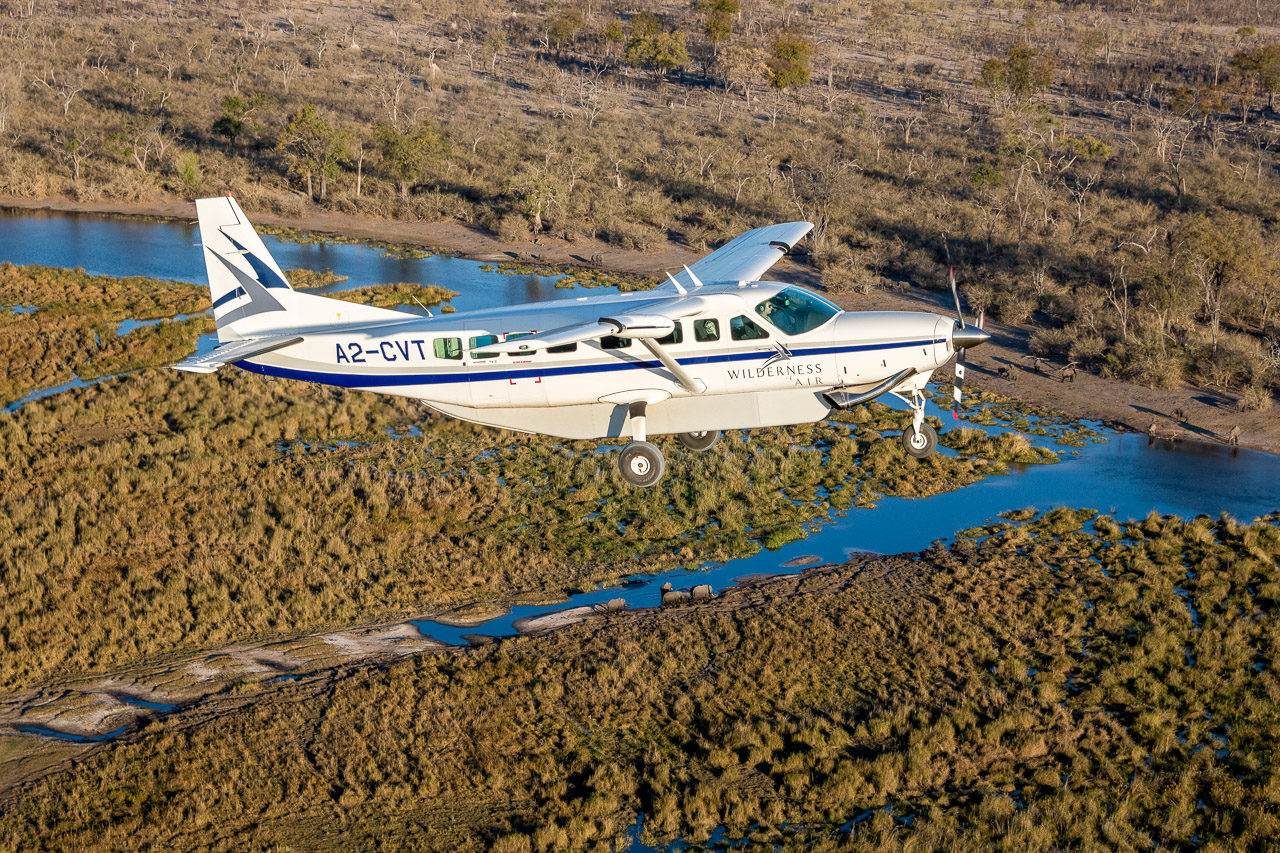

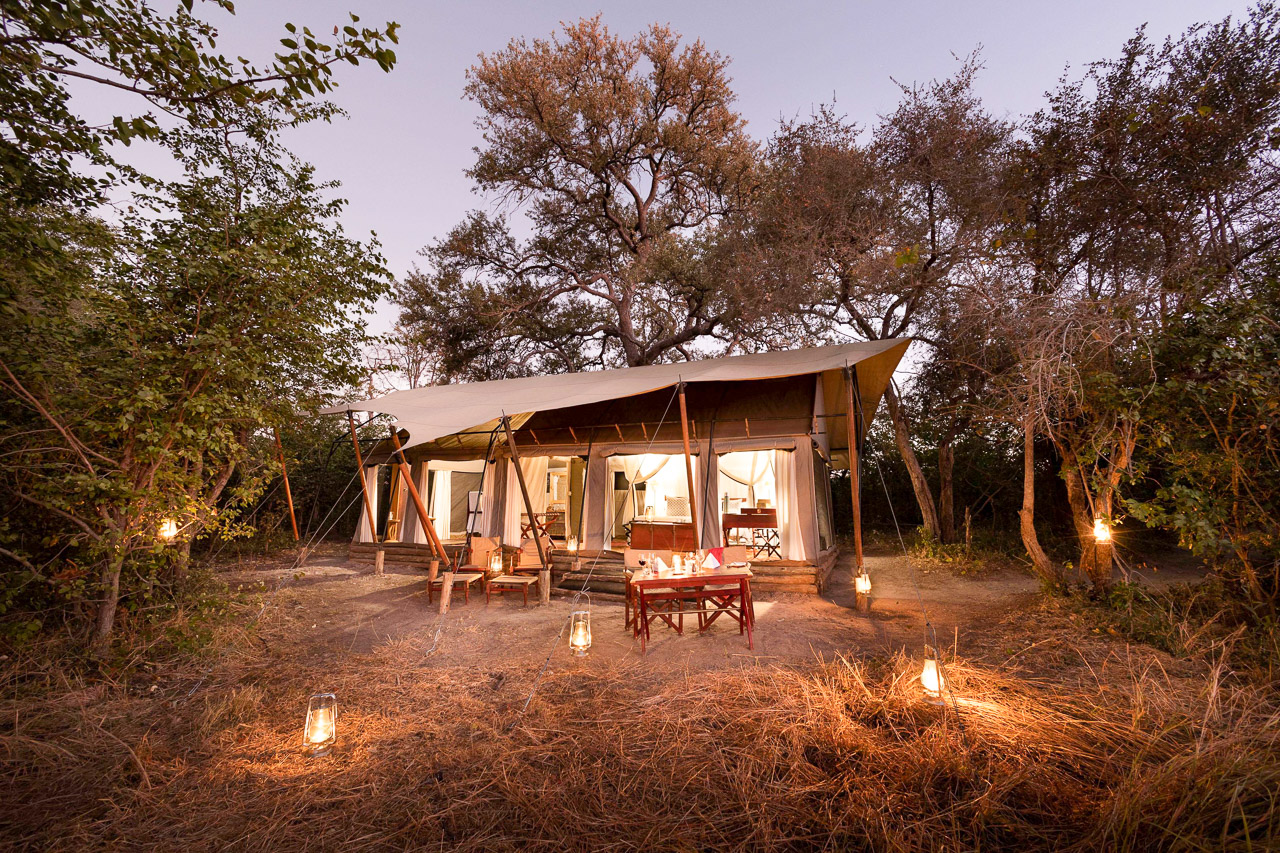
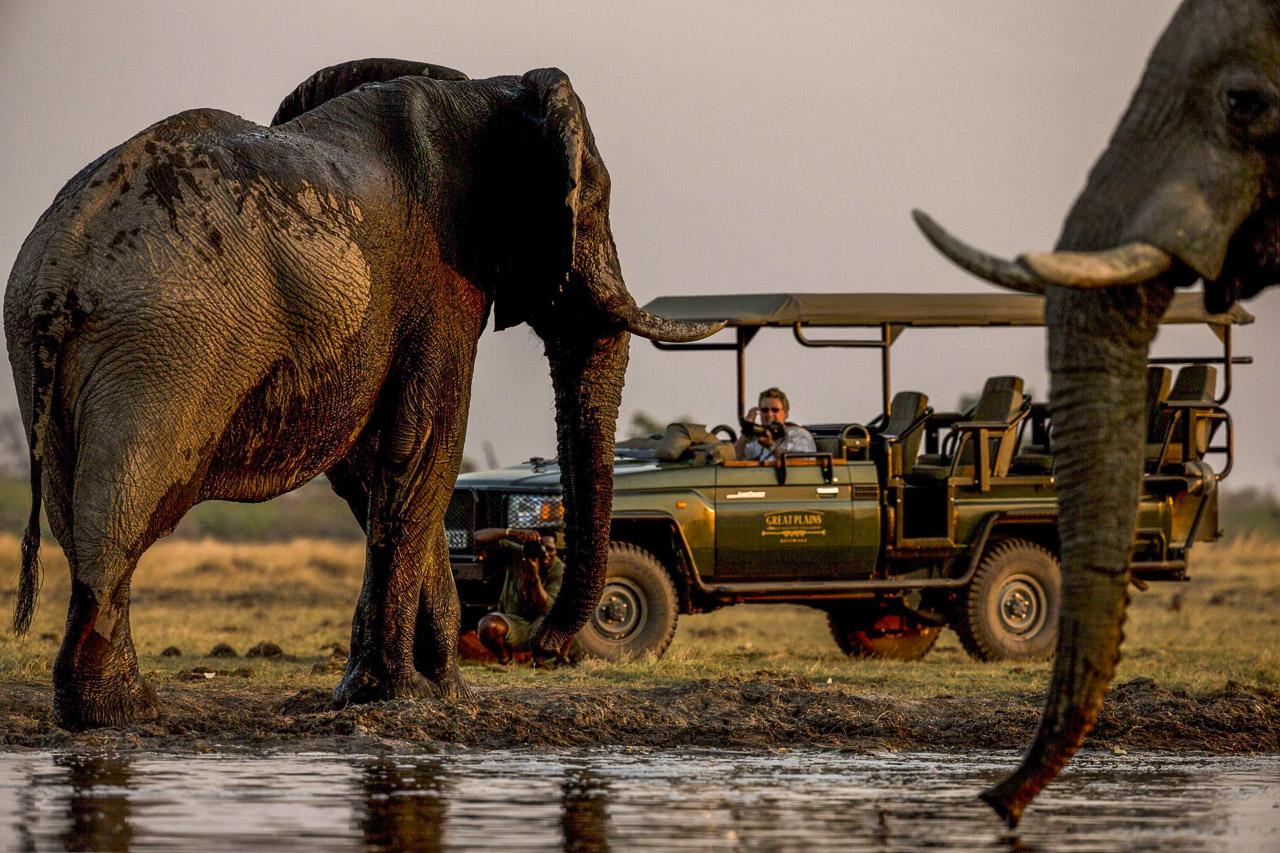
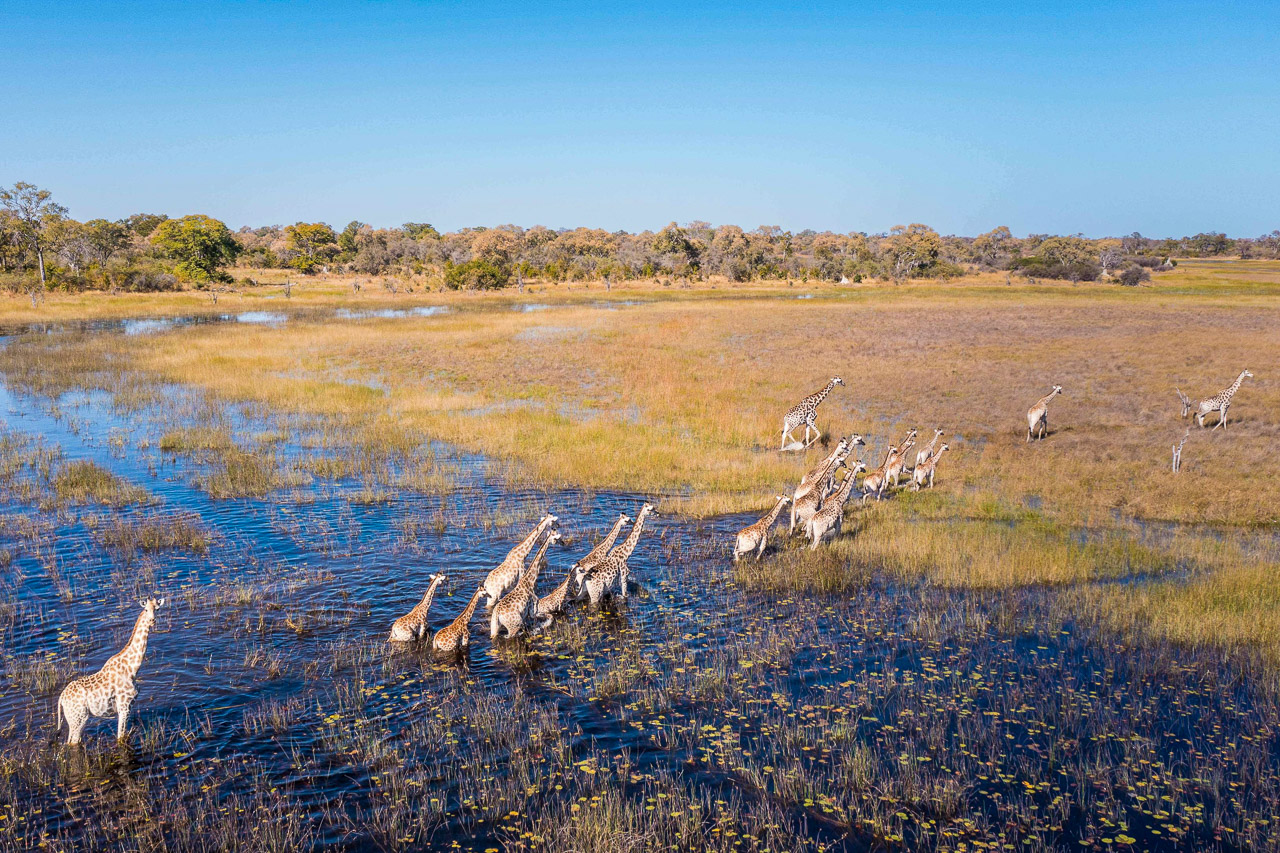
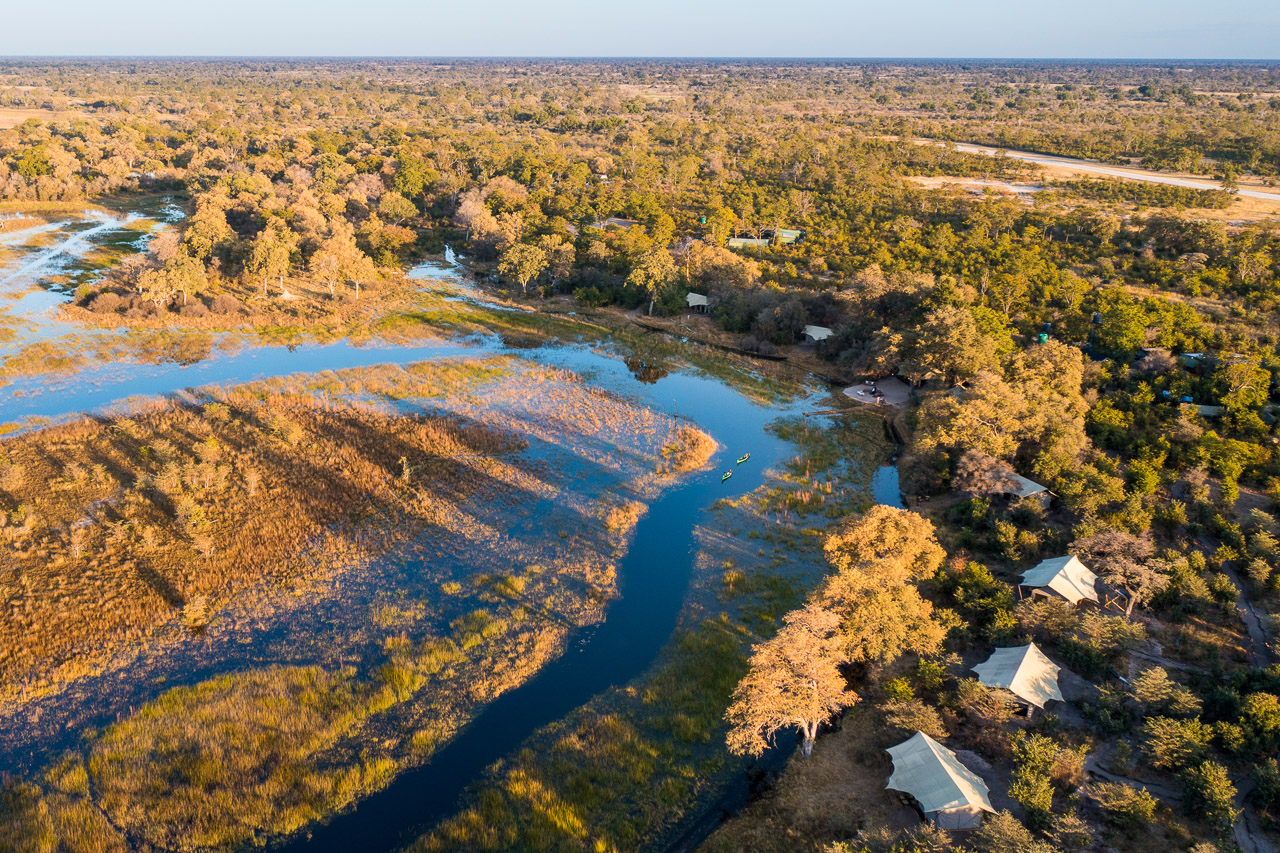
Accommodation
Okavango Explorers Camp offers a traditional safari experience from days gone by, reminiscent of exploring the unknown Africa of the 1920’s. Okavango Explorers Camp can accommodate a maximum of 12 adults in 6 tents. Each room has an en-suite bathroom, a tea/coffee station, a desk and a deck with a private lounge area. The tents are at ground level and are connected to the main building via sandy pathways.
The centre of the camp is formed by the lounge/dining tent, which stand under large, shady trees. In the evening, dinner may be taken under the stars around the camp fire. The many paraffin lamps and the flickering fire create a romantic, adventurous atmosphere in the midst of the African bush.
Okavango Explorers Camp is part of the private Selinda Concession (1,350 km²). Selinda Camp, Zarafa Camp and Selinda Explorers Camp are also part of this concession. However, Okavango Explorers Camp is located much further south and at a great distance from the other camps in the concession.
Access is to the camp's private airstrip. A flight from Kasane in a light aircraft takes about 55 minutes and about 45 minutes from Maun, followed by a 5-min drive to camp.
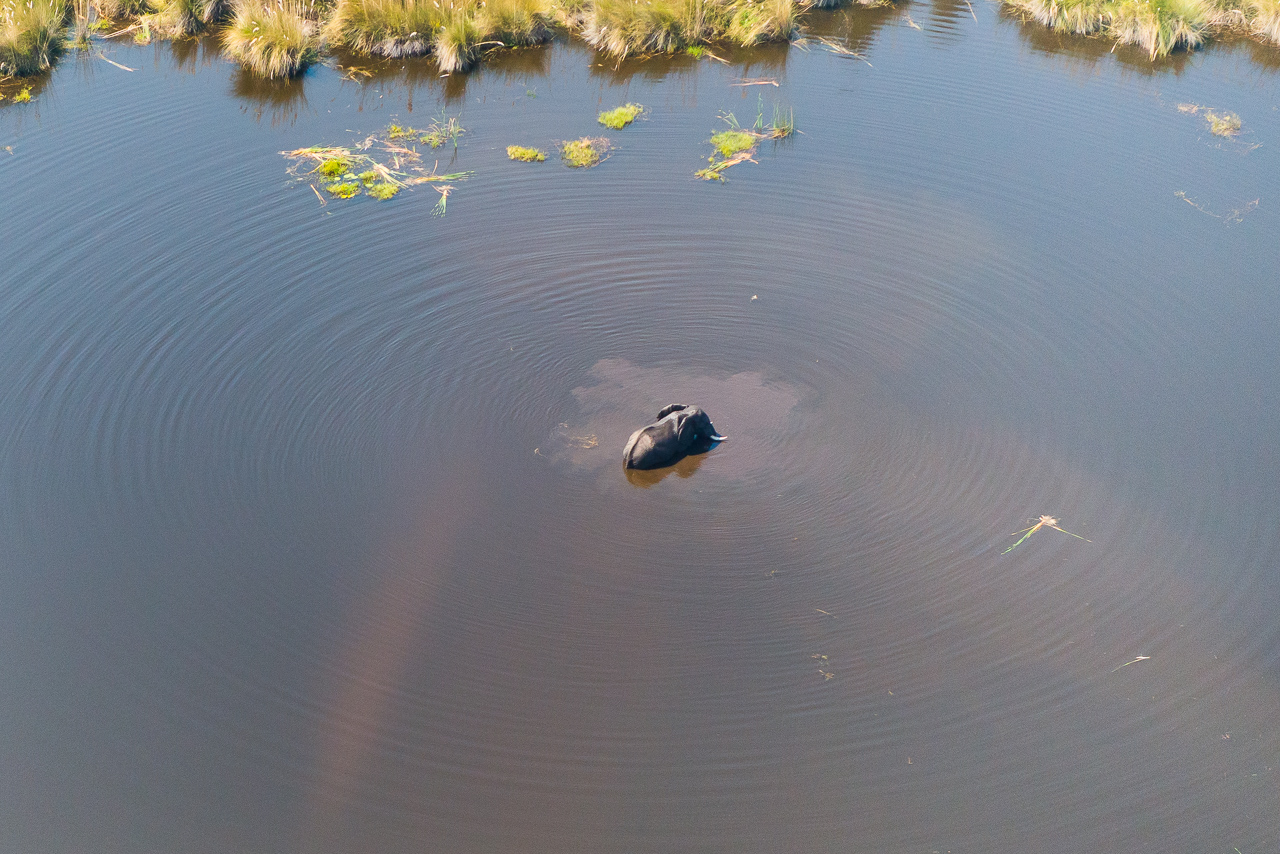
Guests can look forward to first-class service at exclusive and stunning lodges set amid pristine wilderness. The Okavango Delta is an inland delta in the north of Botswana, which can be accessed via Maun or Kasane. Some areas on the edge of the delta are accessible by vehicle, but the vast majority of lodges here are located deep in the delta, which means they are only accessible by air and therefore highly exclusive.
The Okavango Delta plays host to a fascinating cycle of rain, flood, drought, heat and cold. These processes determine the behaviour of the animals and their migration paths. The onset of rain in November / December leads to the appearance of spectacular green meadows as dormant flora springs back to life, trees sprout new leaves and colours become vivid and saturated. The vast majority of animals give birth to their young at the beginning of the wet season, which means the whole area is teeming with baby elephant, impala and kudu – big cat often gives birth to its young at this time too.
The sporadic rains continue until the end of March. Temperatures slowly drop and a feeling of spring sets in around April. The nights become cooler and dew settles on the grass, causing it to sparkling in the sun’s first rays of light when guests can be found pulling up their hoods in preparation for the early morning game drives. The floodwaters reach the delta in April, sometimes earlier, and, covering immense areas, expand outward like a living, breathing organism. The floodwater is basically rainwater from the mountains of Angola, which slowly accumulates in the Okavango River over a period of several months. It squeezes through the panhandle, which is where the Okavango Delta fans out, and then floods the entire region. The well-equipped game drive vehicles struggle through metre-deep water from one island to the next, leaving passengers awestruck and wondering how the journey is at all possible.
The coolest temperatures are measured in June / July, when night time lows can drop as far as 5°C, and welcome hot water bottles are duly distributed! Well-wrapped guests come prepared for the early morning game drives with hats, gloves and warm jackets. Daytime temperatures are pleasant and the skies are clear with bright sunshine – every day! The sun’s heat dominates once again as September approaches, the alluvial areas begin to dry out and the short, dry grass offers a clear and welcome view of the entire spectrum of wildlife here. Temperatures climb to their maximum in October as the whole parched region once again anticipates the coming rains. When huge clouds begin to gather on the horizon, you know it’s only a matter of time until the whole cycle begins again.
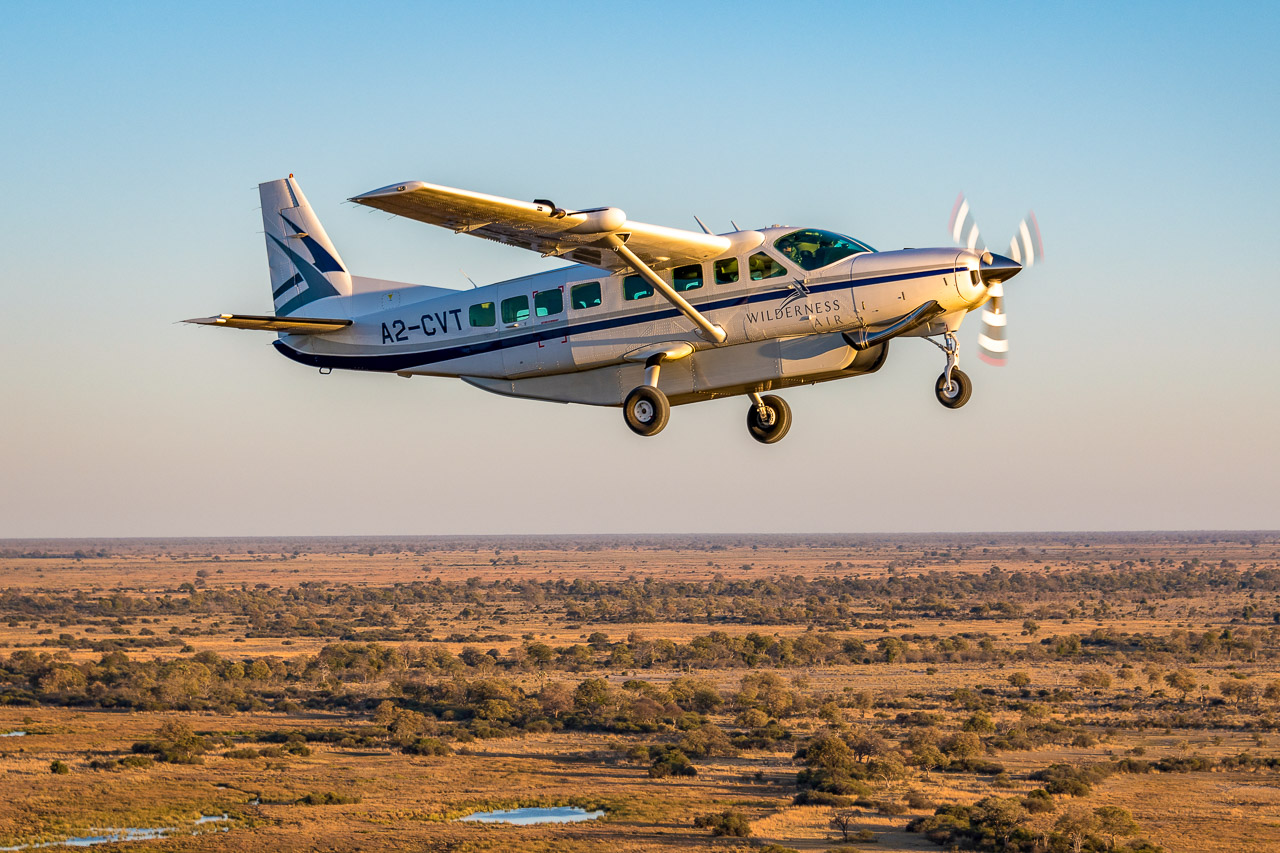

Basic Information
Individual journey. The journey will be planned on your preferred dates.
Duration 7 nights. Min 2 guests. Minimum age 6 years. Trip vice versa possible. Weight limit of luggage 20 kg. Luggage in one soft bag only.
Includes all transfers from Maun to the hotels/camps to Maun
- Meno a Kwena: Standard Room. All meals, drinks (except premier brands), laundry service, twice daily shared activities with one of the camp guides.
- Machaba Camp: Standard Room. All meals, drinks (except premier brands), laundry service, twice daily shared activities with one of the camp guides.
- Okavango Explorers Camp: Standard Room. All meals, drinks (also includes premier brands), laundry service, twice daily shared activities with one of the camp guides.
Learn more about these areas










